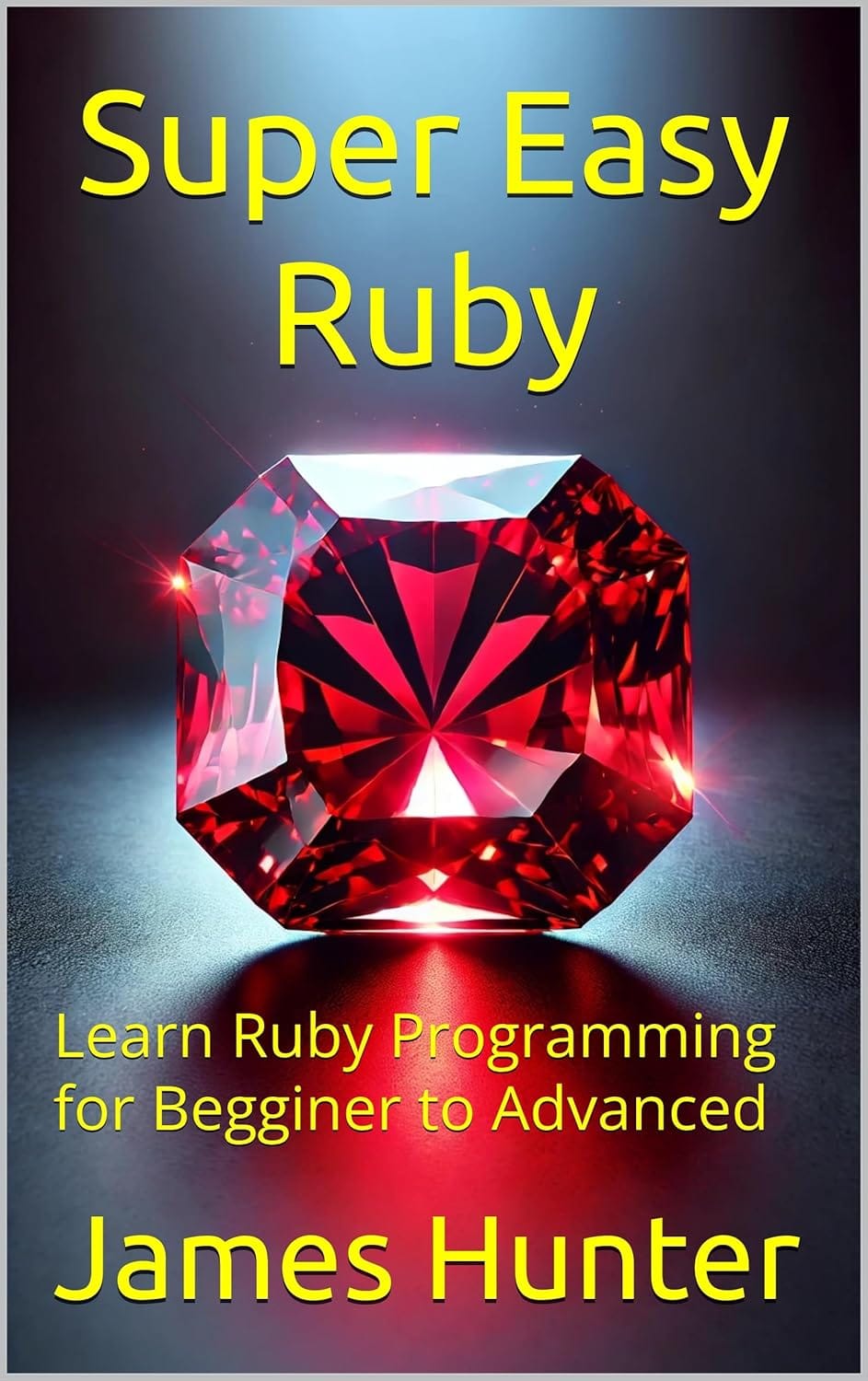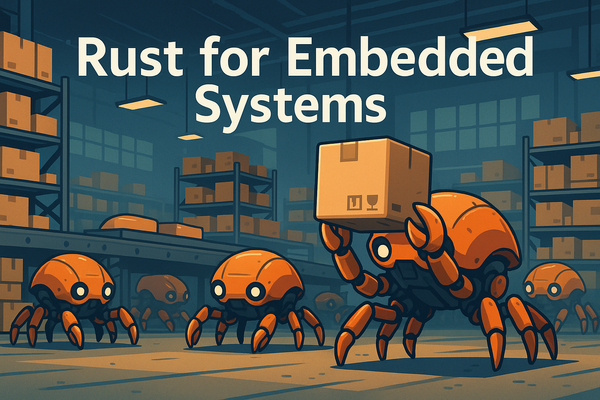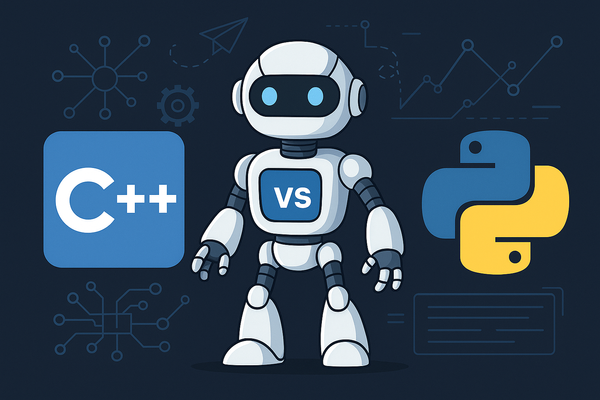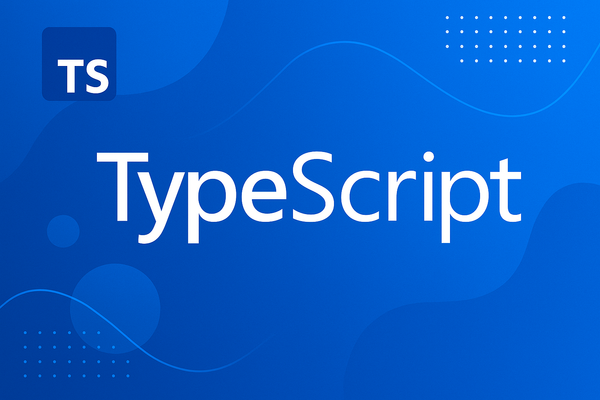How Ruby Differs from Python

If you already love Python for clarity and batteries-included tooling, you’ll probably love Ruby for a different reason: it optimizes for developer happiness. Ruby code reads like prose, favors small objects with rich methods, and gives you DSLs that make everyday tasks feel effortless.
Philosophy in Practice
- Python: “There should be one—and preferably only one—obvious way.”
- Ruby: “There’s more than one way—choose the most expressive.”
Ruby leans into intent-revealing names: predicate methods end with ?, dangerous/in-place variants end with !.
"hello".empty? # => false
users.uniq! # mutates in place
Blocks > Boilerplate
Where Python uses comprehensions and higher-order functions, Ruby uses blocks that work consistently across all Enumerables:
scores = [10, 25, 30, 5]
high = scores.select { |s| s >= 20 }.map { |s| s * 2 }
# => [50, 60]
Need streaming transforms? Ruby’s lazy enumerators are built in:
(1..).lazy.map { _1 * _1 }.first(3) # => [1, 4, 9]
Nil, Truthiness, and Safety
Only nil and false are falsy. 0 and "" are truthy—fewer edge-cases. Safe navigation and deep lookup are ergonomic:
bio_len = user.dig(:profile, :bio)&.length || 0
Objects, Mixins, and Tasteful Metaprogramming
Everything is an object; behavior is shared via modules (mixins), not multiple inheritance. Metaprogramming powers concise APIs without ceremony (think Rails, RSpec, Sinatra). You can write dynamic code when you need it, or keep it simple and explicit—your call.
Web Velocity: Sinatra & Rails
Ruby’s web frameworks are famously productive. Sinatra for microservices:
require "sinatra"
get("/health") { "ok" }
Rails for full-stack, database-backed apps with migrations, jobs, mailers, and a mature ecosystem—convention over configuration that gets features shipped fast.
Tooling You’ll Enjoy
- Gems + Bundler: simple, reliable dependency management.
- RSpec/Minitest: readable tests that double as documentation.
- Runtimes: CRuby for most apps; JRuby (JVM) and TruffleRuby (GraalVM) for performance/parallelism needs.
Concurrency Options
Ruby 3 adds Ractors for true parallelism and keeps Threads/Fibers for IO-heavy work. If your services are network-bound, Ruby’s concurrency story is pleasantly straightforward.
When Ruby Wins
Choose Ruby when you want:
- Expressive, human-readable code and APIs that feel like English.
- Rapid product delivery on the web (Sinatra/Rails).
- Elegant DSLs for testing, jobs, and infrastructure glue.
- Multiple runtime paths (JRuby/TruffleRuby) if performance matters.
Bottom line: Python is great. Ruby is great and joyful—especially for web apps and developer-facing DSLs. If you value expressiveness and speed from idea to production, give Ruby a serious look.




